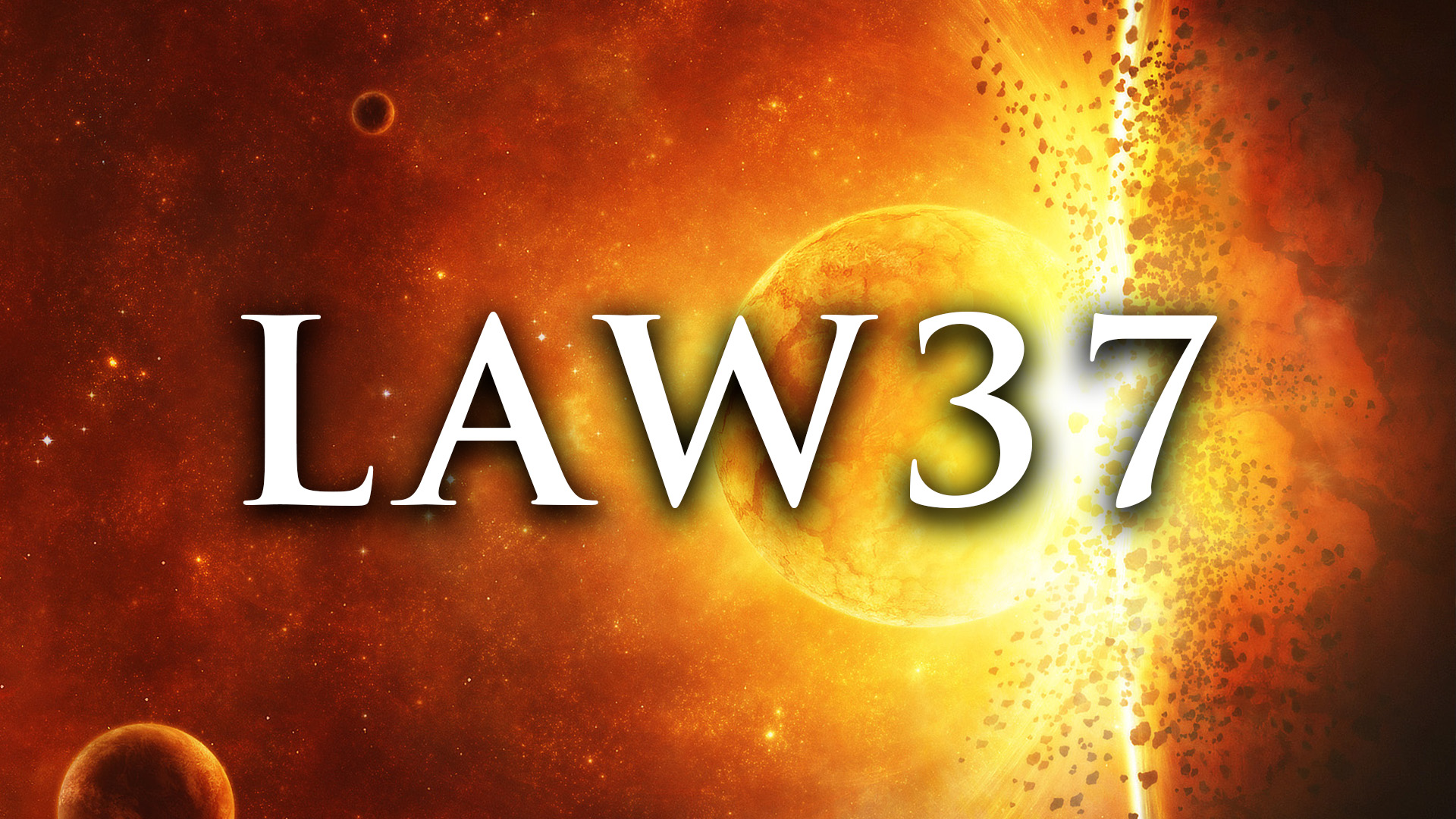Judgement
“Striking imagery and grand symbolic gestures create the aura of power — everyone responds to them. Stage the spectacles for those around you, full of arresting visuals and radiant symbols that heighten your presence. Dazzled by appearances, no one will notice what you are really doing.”
Observance Of The Law
In the 1780s word spread through Berlin of the strange and spectacular medical practice of a Dr. Weisleder who performed miracles by curing people with the moon. He would expose his patients to the rays of the moon, they would eventually get better, word spread and he was dubbed “The Moon Doctor of Berlin” — the rich and poor all flocked to him.
Interpretation
Weisleder may have understood very little about medicine, but he understood the psychology of people and human behaviour.
“He recognized people do not always want words, or rational explanations, or demonstrations of the powers of science they want an immediate appeal to their emotions.”
At the time there was no scientific evidence that could refute his methods. Instead, he conjured up a hypothesis that he knew wasn’t real, his patients simply did the rest by believing in his spectacles.
Understand: There are many hucksters and modern day “magicians” that will conjure up elaborate spectacles to con people into ways of thinking that suit their agenda, or into a product/service that fill their pockets. Be keenly aware of your surroundings and question everything, even yourself — always ask why.

This is why imagery and magnificent spectacles are so useful:

Keys To Power
Understand: “Words put you on the defensive, if you have to explain yourself, your power is already in question. The image on the other hand, imposes itself as a given, it discourages, questions, creates forceful associations, resists unintended interpretations, communicates instantly, and forges bonds that transcend social differences. Words stir up arguments and divisions; images bring people together — they are the quintessential instruments of power.”
This may be also be a great lesson on how we don’t always need to talk. I am one who previously used to use my words A LOT to argue, justify and simply discuss. Over the years I’ve learnt that as much as I love expressing my ideas through words, (as you can see by the 100+ writings and videos so far), often saying less and letting actions communicate is holistically better for your life.
“The truth is generally seen, rarely heard.”
“When the Renaissance painter Fra Filippo Lippi was a captured slave among the Moors, he his freedom by sketching a drawing of his master on a white wall with a piece of charcoal; when the owner saw the drawing, he instantly under stood the power of a man who could make such images, and let Fra Lippi go. That one image was far more powerful than any argument the artist could have made with words.”
“Never neglect the way you arrange things visually.”
Think about how important the visual is for marketing, branding and media.

Whether this statistic is valid or reliable is debatable, but it likely has at least some truth to it that colour matters a lot in eliciting g a emotional response. Here are some more examples that offer further indications of our behaviour.


“The best way to use images and symbols is to organize them into a grand spectacle that awes people and distracts them from unpleasant realities. This is easy to do: People love what is grand, spectacular, and larger than life. Appeal to their emotions and they will flock to your spectacle in hordes. The visual is the easiest route to their hearts.”
Reversal
“No power is made available by ignoring images and symbols. There is no possible reversal to this law.”
Originally Posted
